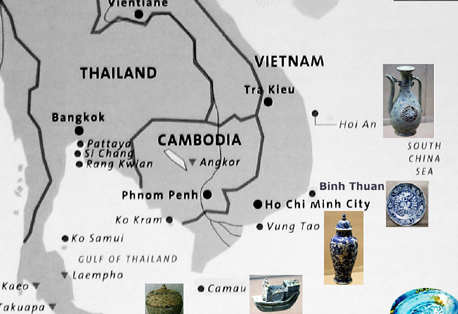
Ming/Qing Shipwrecks from Vietnam
Hoi an, Binh Thuan, Vung Dau, Ca Mau
Guangxi museum in China recently displayed some of the artifacts from the Hoi an, Binh Thuan, Vung Dau (Vung Tau) and Ca Mau shipwreck. The items from the Ca mau wreck is quite comprehensive. Those are some of the more important wreck discovered in the water of Vietnam. They represented some of the most well-known type of export wares during the 15th to 18th Century. They are important records of the type of wares found in the ancient maritime trade. Thought it would be interesting to have a section to catalogue the type of ceramics found in those wrecks. It would facilitate researching of ceramics of these wrecks by ceramics enthusiasts.
Besides those displayed in the Guangxi museum, I have also included some other pieces from other sources to give a more comprehensive view of the artifacts in the wrecks.

Map showing location of the 4 wrecks
Hoi an cargo
A Thai vessel, carrying the cargo, sank in the 15th century near the port of Hoi An. In the early 1990s, fishermen trawling for squid and red snapper stumbled upon the wreck. Many pieces were sold in the Vietnamese antique market before the Vietnamese government stepped in and engaged a Malaysian salvage company to recover the remaining items during the summers of 1998 – 1999. The find is termed the "Hoi An Hoard".
The Hoi An shipwreck is a very important record of the types of Vietnamese Blue and white /enamelled wares found during the 2nd half of 15th century. It displayed a richness of form and decoration previously unknown to ceramics experts on Vietnamese wares. The cargo includes dishes, pouring vessels, bottles, jars, cups, bowls, figural ceramics, and cover boxes.
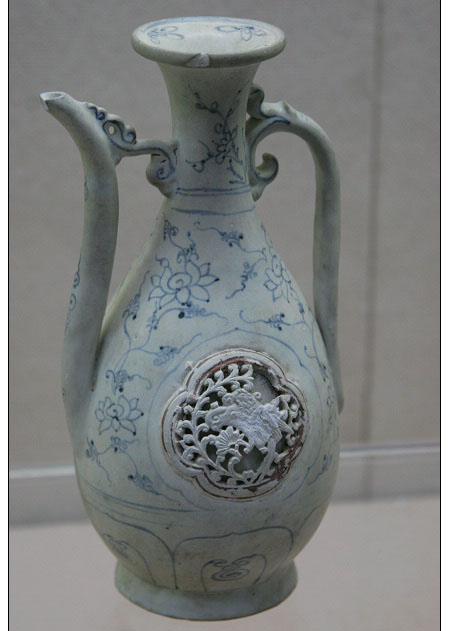
Hoi an vessels exhibited in Guangxi Museum



Some Hoi an examples from my collection
A portion of the cargo was auctioned in USA by Butterfields in Oct 2000.
Binh Thuan cargo
The Binh Thuan shipwreck was first discovered in 2001 by fishermen while trying to unravel a trawl net caught in the wreckage. It lies 41 meters (135 feet) below the surface about 65 kilometers (40 miles) off the coast of Binh Thuan province.
Nearly 20,000 pieces of early 17th century blue and white ceramics from Zhangzhou were recovered during the salvage operations started in 2001. Zhangzhou, located in the Fujian Province, produced ceramics commonly termed Swatow wares mainly for export to Southeast Asia and Japan. It is speculated that the ship, probably a Chinese junk "I Sin Ho", carrying the Binh Thuan cargo was likely to have been headed towards the Malay Peninsula (Singapore, the Riau Islands) or Java. It sank near the Southern coast of Vietnam during the first decade of the 17th century.
The cargo consisted of mainly blue and white, overglaze enamelled and some lead glazed sancai-type wares.
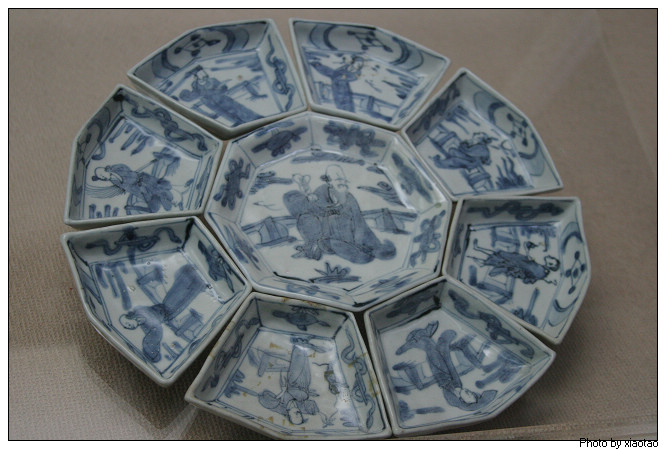
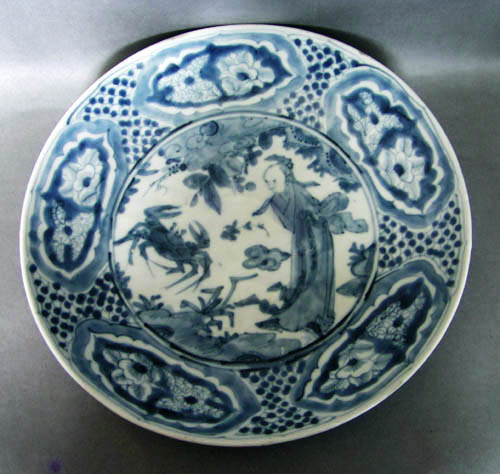
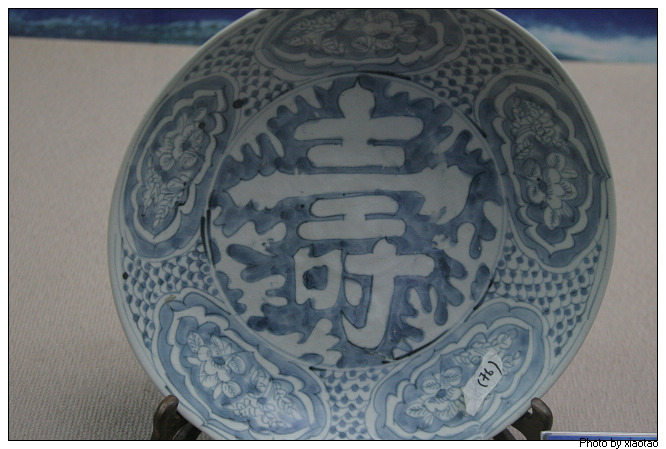
Swatow blue and white wares from Binh Thuan wreck
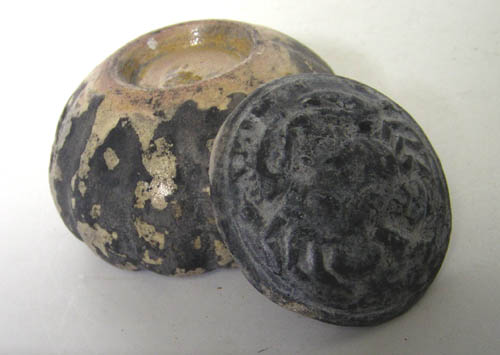
Lead glaze Susancai cover box
A portion of the artifacts from wreck was auctioned by Christie's in Australia in Mar 2004.
For more on Binh Thuan wreck, please read this article.
Vung Dau cargo
The Vung Dau Wreck was discovered by fishermen off the islands of Con Dao (about 100 miles from Vũng Dau) in the south of Vietnam. The wreck was a lorcha, a Chinese vessel with Portuguese influences that has been dated to about A.D1690. From the analysis of composition of the items in the cargo, it is deduced that the ship was on its journey from China to Jakarta, where the porcelain would have been purchased by the Dutch East India Company for trans-shipment to Holland.
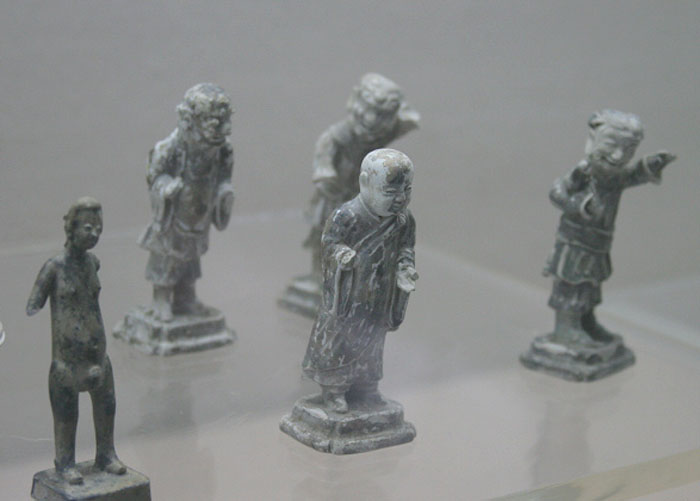
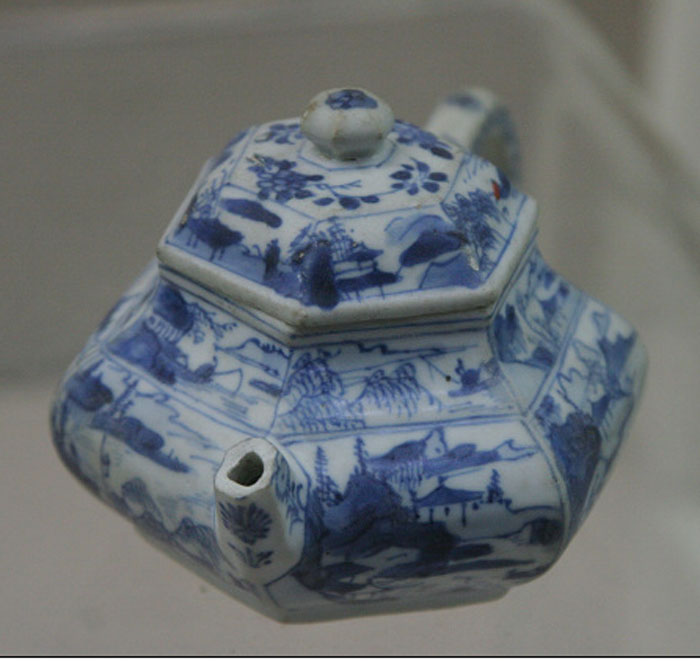
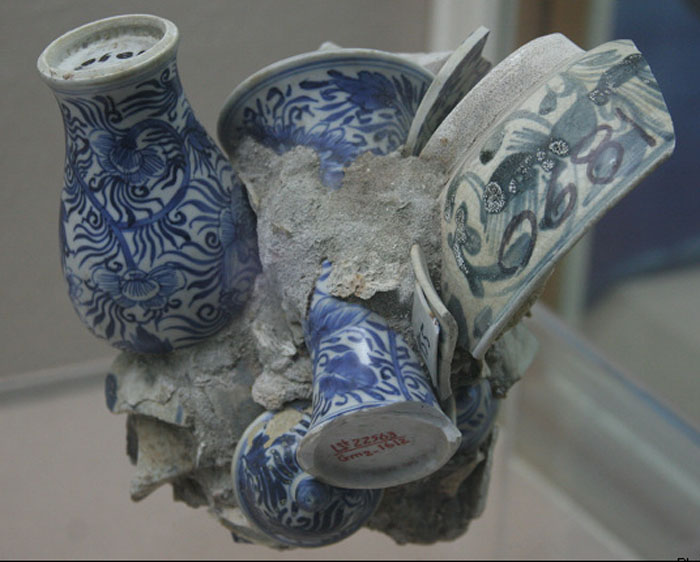
Some example of vessels from the Vung Dau wreck
Christie's selected 28,000 pieces of porcelain for auction in Amsterdam. The return surpassed all expectations at US$7.3 million.
Ca Mau cargo
Ca Mau, the southern most province of Vietnam is located 350 km south of Ho Chi Minh City. The shipwreck in the waters of Ca Mau was first discovered by fishermen in 1998. The excavation of the Ca Mau shipwreck have yielded a total of over 130,000 fairly good condition artifacts. It is believed that the shipwreck was that of a ship involved in trading Chinese ceramics. The ship carried some thin porcelain blue and white tea bowls with inscriptions "Made in Yongzheng reign" and some blue and white bowls with "Made in Great Qing Yongzheng reign". Coins with inscriptions of Kangxi Thong Bao were also recovered. As the pieces still possess characteristics of Kangxi Period , it is generally held that the ceramics from the cargo were from late Kangxi to Early Yongzheng period.
The bulk of cargo consisted of mainly blue and white, some number of underglaze blue and copper red and some Jingdezhen and Shiwan lead-glazed sancai type wares.
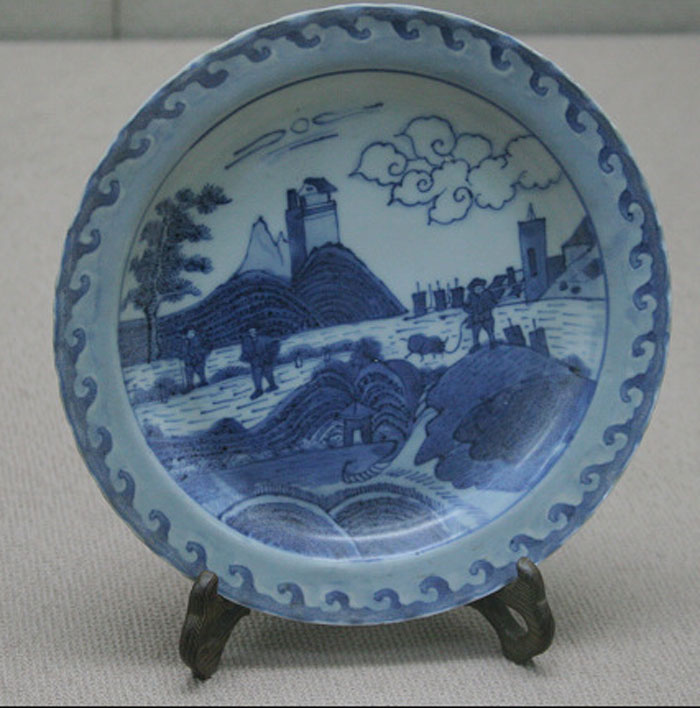
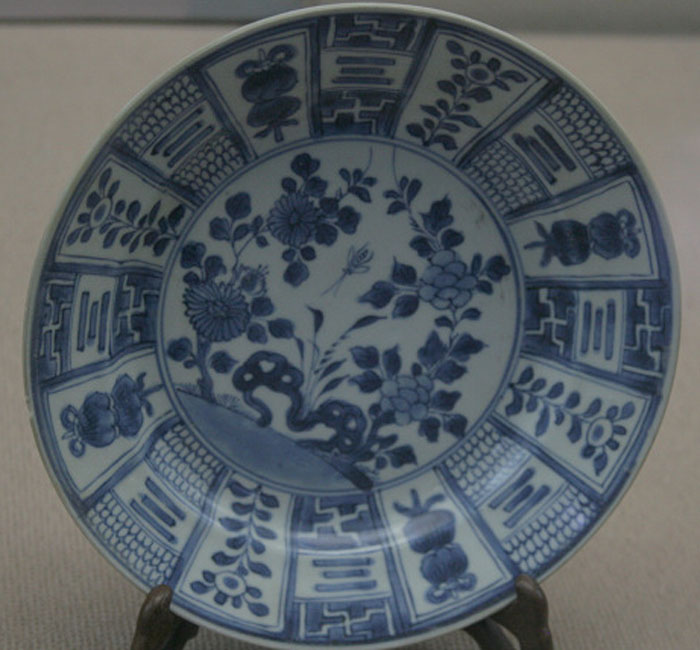

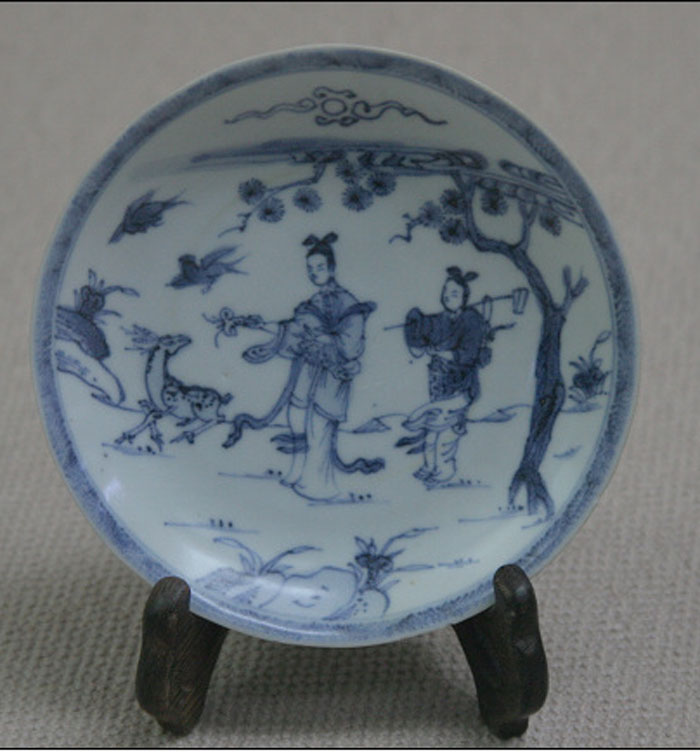
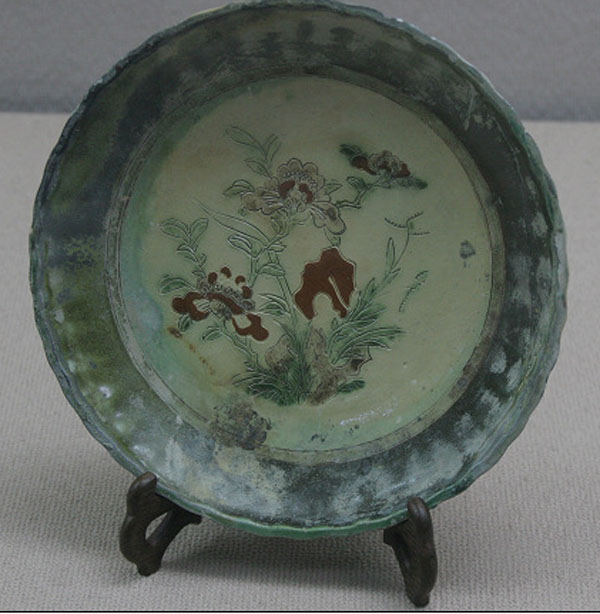
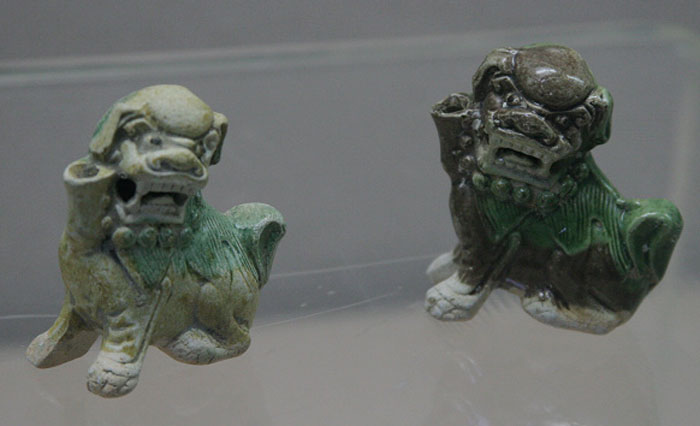
Vessels from the Ca Mau Wreck
Part of cargo was auctioned in Netherlands by Sotheby's in Jan 2007.
Written by: NK Koh (28 Nov 2009)